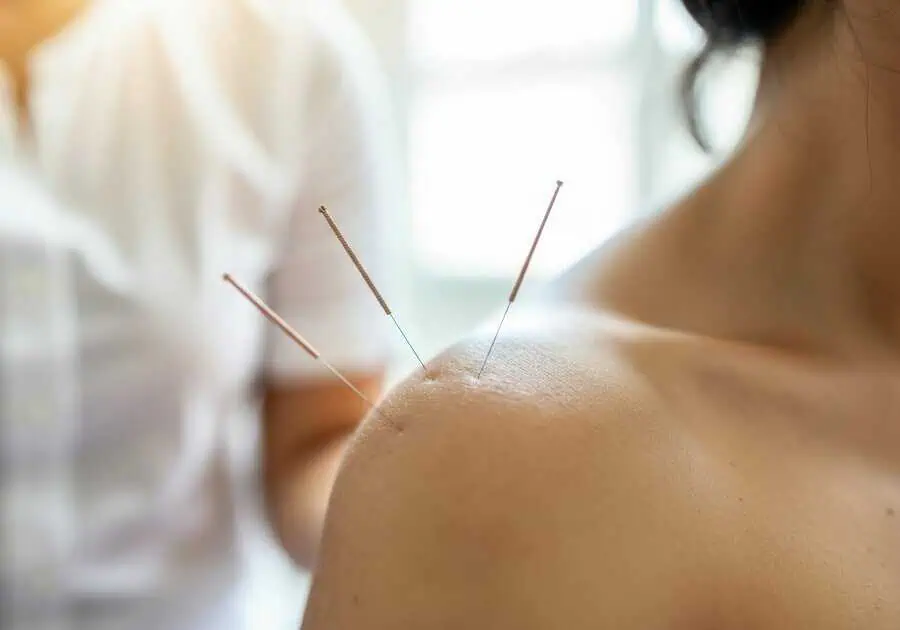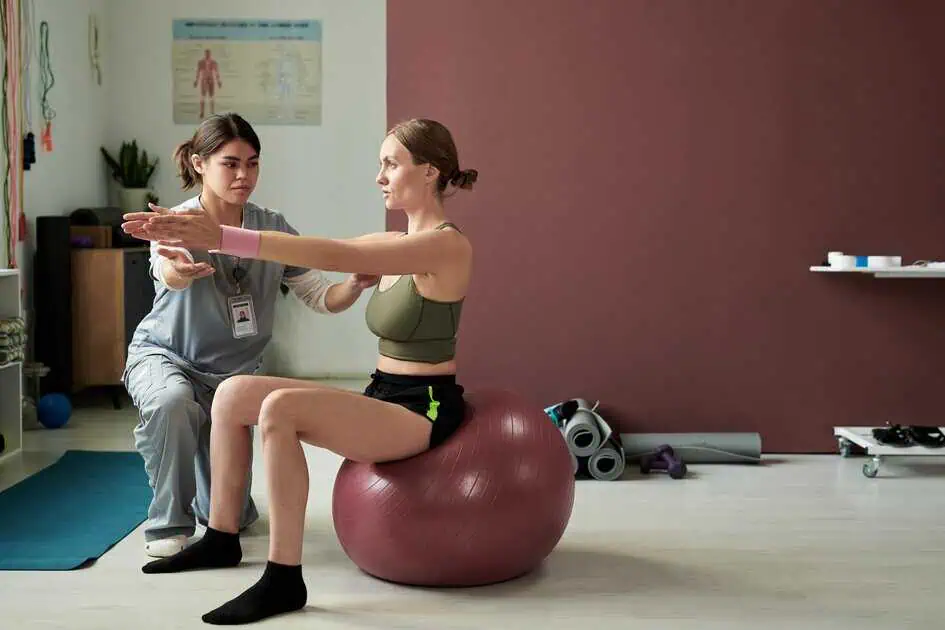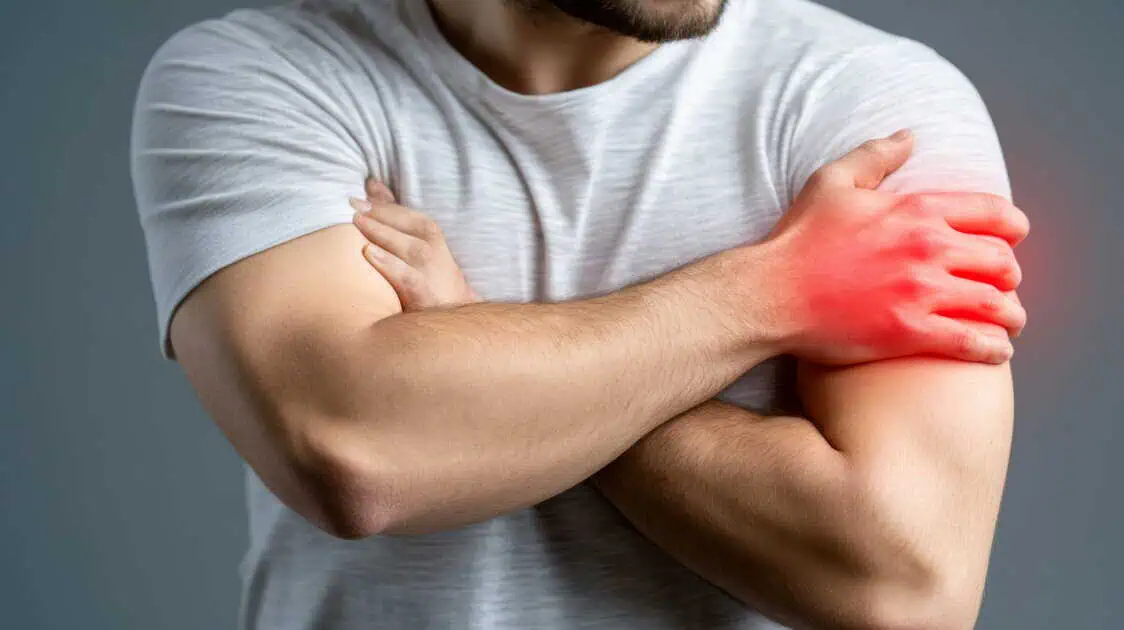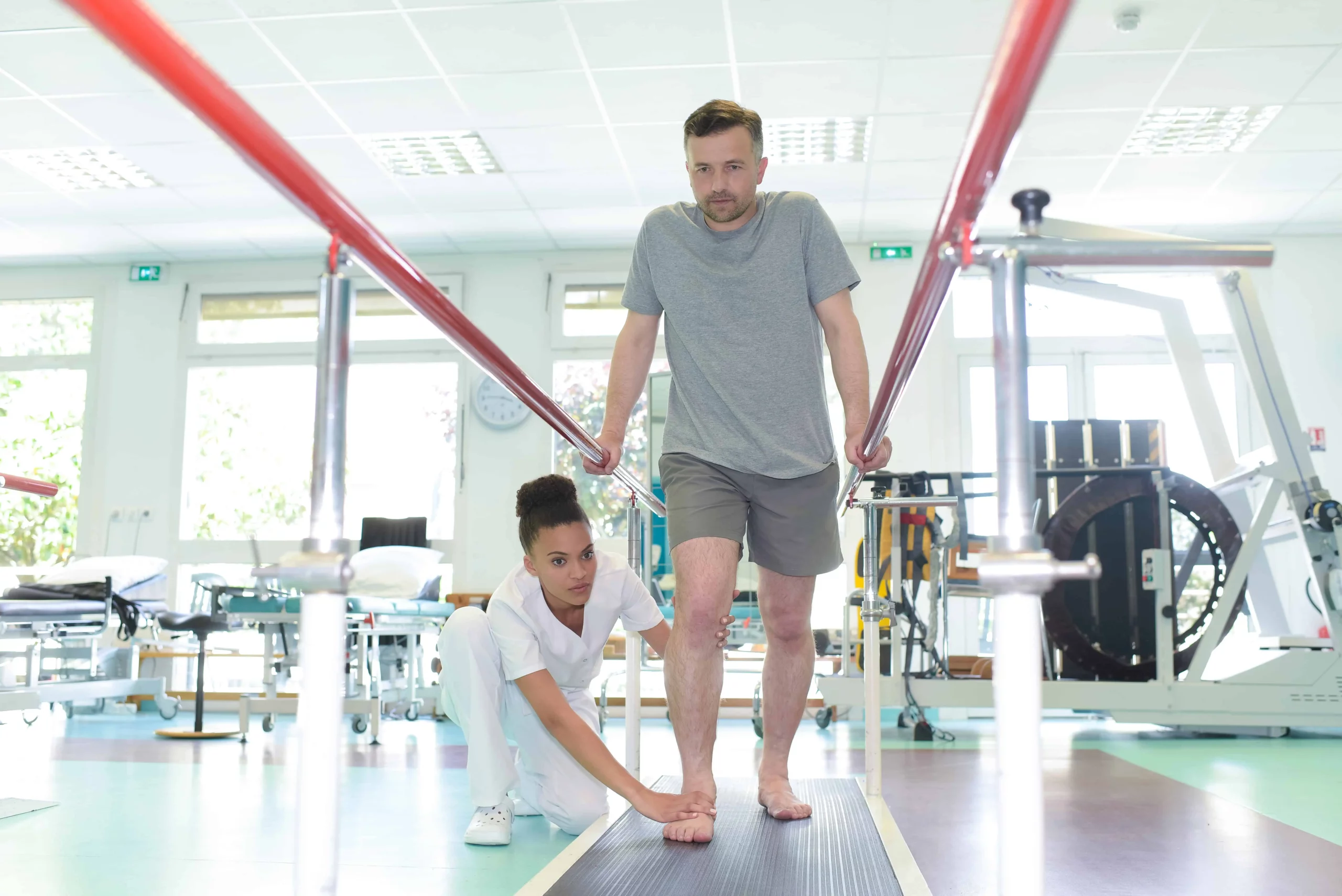Introduction
Dry needling is a therapeutic approach used by healthcare professionals to treat muscle pain and improve range of motion by inserting thin needles into the skin and muscles. Despite its increasing popularity, there often needs to be more clarity about how frequently dry needling can be performed. Let’s look into the facts surrounding dry needling, its frequency, and the role of dry needling needles in the treatment process.
Understanding Dry Needling
Dry needling targets myofascial trigger points, which are taut bands of skeletal muscle that can contribute to pain and dysfunction. Dry needling has roots in Western medicine, in contrast to acupuncture, which is founded on traditional Chinese medicine and aims to balance energy lines. It aims to stimulate the muscle, release knots, and improve blood circulation to the area.
The Frequency of Dry Needling Sessions
The frequency at which dry needling sessions are conducted is a critical aspect of the therapy plan, influencing both the effectiveness of the treatment and the patient’s overall experience. Determining the optimal number of sessions and their spacing depends on a variety of factors:
- Individual Patient Needs: Session frequency is mainly determined by the particular condition being treated, the intensity of symptoms, and the patient’s general state of health.
- Response to Treatment: Future session frequency and number might be significantly influenced by the way a patient responds to first treatments. Some patients may experience rapid relief, while others may require more sessions over a more extended period to achieve desired outcomes.
- Acute vs. Chronic Conditions:
- Acute Conditions: Patients with acute pain or injuries may benefit from more frequent sessions initially, potentially tapering off as symptoms improve.
- Chronic Conditions: Those with long-standing or chronic conditions may require a more extended treatment plan with sessions spaced out over weeks or months to manage symptoms effectively.
- Treatment Goals: The ultimate goals of the patient and practitioner—whether to manage pain, improve mobility, or enhance athletic performance—also dictate the treatment frequency.
- Practitioner Recommendation: A skilled practitioner will tailor the treatment frequency based on their clinical experience, the patient’s progress, and established practice guidelines.
- Patient Tolerance: Individual tolerance to dry needling can vary, with some patients able to handle more frequent sessions and others requiring more time between sessions to recover.
- Safety Considerations: Ensuring patient safety is paramount, with sufficient time between sessions to monitor for and manage any adverse reactions or side effects.
Typical Session Frequency
While there’s no one-size-fits-all answer, a common starting point for dry needling is one to two sessions per week. This may be adjusted based on patient response and improvement. Some conditions may see significant improvement within just a few sessions, while others, particularly chronic conditions, may benefit from ongoing, periodic treatments.
The frequency of dry needling sessions is a dynamic component of the treatment strategy, requiring careful consideration of multiple factors. A personalized approach, guided by a trained practitioner’s expertise and continuous assessment of the patient’s response, is essential for achieving the best therapeutic outcomes. As with any treatment, open communication between the patient and practitioner is crucial to adjust the treatment plan as needed to align with the patient’s evolving needs and goals.
The Role of Dry Needling Needles
Dry needling needles are specialized instruments central to the practice of dry needling, a technique used to treat musculoskeletal pain. These needles play a crucial role in the effectiveness and safety of the treatment. Below are key points highlighting their significance:
Purpose and Function:
- Designed to target myofascial trigger points within the muscle.
- Stimulate muscle tissue, promoting healing and pain relief.
- Do not administer medication; their purpose is purely mechanical.
Types and Varieties:
- Made from sterile, high-grade stainless steel.
- Available in various lengths and diameters to accommodate different treatment areas and muscle depths.
Selection Based on Treatment Needs:
- Muscle Depth: The selection of needle length is determined by the depth of the target muscle.
- Treatment Area Sensitivity: Thinner needles may be used for more sensitive areas to minimize discomfort.
- Patient Characteristics: Factors such as patient size, muscle mass, and sensitivity can influence needle choice.
Safety Measures:
- Single-use to prevent contamination and ensure sterility.
- Proper handling and disposal protocols are followed to maintain safety.
Impact on Treatment Efficacy:
- Correct needle selection can significantly enhance treatment outcomes.
- Appropriate needle type and size contribute to patient comfort and therapeutic effectiveness.
Understanding the role of dry-needling needles illuminates the intricacies of this therapeutic technique. Their careful selection and use are paramount to achieving the desired outcomes, underscoring the importance of skilled practitioners in the field of dry needling.
Safety and Side Effects
Dry needling is widely regarded as a safe and effective treatment for musculoskeletal pain when performed by trained professionals. However, like all therapeutic interventions, it carries potential risks and side effects. Being informed about these can help patients make educated decisions regarding their treatment options.
Safety of Dry Needling
- Performed by Trained Professionals: Safety in dry needling significantly depends on the practitioner’s skill and training. Proper certification and adherence to clinical guidelines minimize risks.
- Strict Sterility Protocols: The use of sterile, single-use needles reduces the risk of infection. Practitioners follow strict protocols to ensure aseptic technique.
- Patient Screening: Patients are carefully screened for contraindications, such as allergies to metal, bleeding disorders, or fear of needles, which might preclude them from receiving dry needling.
Common Side Effects
- Mild Discomfort or Pain: Some patients may experience temporary discomfort or pain during the needle insertion.
- Bruising and Bleeding: Minor bruising or bleeding at the needle site is common, especially in areas with dense vasculature.
- Muscle Soreness: Post-treatment soreness in the treated muscle is a typical response and usually subsides within a day or two.
Rare Side Effects
- Infections: While rare, there is a slight risk of infection if sterility protocols are not properly followed.
- Nerve Damage: Incorrect needle placement can lead to temporary or, in very rare cases, permanent nerve damage.
- Pneumothorax: An infrequent but severe complication is pneumothorax, which occurs if a needle accidentally punctures a lung. This is more of a risk when treating muscles in the chest area.
Mitigating Risks
- Choosing Qualified Practitioners: Healthcare professionals who have received specialized training and certification in dry needling should treat patients.
- Open Communication: Discussing all potential risks and benefits with the practitioner can help mitigate concerns and tailor the treatment to individual needs.
- Following Post-Treatment Recommendations: Adhering to aftercare advice, such as applying ice or heat and staying hydrated, can help minimize discomfort and enhance recovery.
Dry needling is a valuable tool for addressing musculoskeletal pain, offering benefits with relatively low risk when conducted by trained professionals. Awareness and understanding of the potential side effects and safety measures are crucial for patients considering this treatment. With appropriate precautions and skilled practitioners, dry needling remains a safe, effective option for many individuals seeking relief from muscle pain and tightness.
Conclusion
Dry needling is a valuable method for managing musculoskeletal pain and dysfunction, aiming to provide relief and enhance quality of life through varying frequency of sessions. Hudson Premier PT & Sports in Jersey City offers Dry Needling, a minimally invasive treatment for musculoskeletal pain, promoting healing, blood flow, and improved mobility. Experience the revitalizing benefits of Dry Needling. Contact Hudson Premier PT & Sports for a gentle yet effective approach to easing musculoskeletal discomfort, enhancing your movement, and uplifting your overall well-being.







